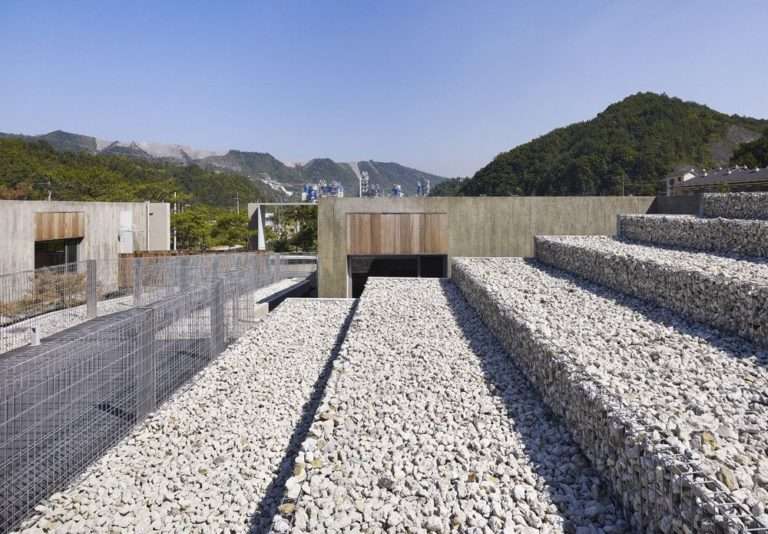Benefits and uses of recycled concrete
Benefits and uses of recycled concrete,
Concrete is the material that has been meeting the rapid construction demands of this era for decades.
The material of choice for many architects, it is versatile, durable and strong.
The concrete industry is one of the main causes of uncontrollable carbon dioxide and waste emissions.
Fortunately, stakeholders in the built environment are now trying to take advantage of concrete recycling, paying more attention to the negative impact of construction.
Concrete has now become one of the best recycled materials in architecture, with the help of technology.

But what are the ways to recycle concrete?
-
Using recycled concrete in aggregate
Many governments and societies benefit from recycling concrete;
they recycle concrete into broken pieces that can be purchased cheaply and easily reused.
Recycled concrete can be used as an aggregate component in concrete mixes in construction projects.
This is an excellent alternative to natural gravel; moreover,
the use of recycled concrete as an aggregate reduces the use of cement in the construction process,
which is economically and environmentally beneficial.
-
Recycling concrete for sidewalks
A layer of gravel should be used to ensure road stability, during construction of new roads,
in which case concrete recycling can provide a layer of alternative gravel.
Many construction companies use recycled concrete to reduce construction costs.
There is a process called rubblization, which consists of crushing an old concrete pavement and using it as an asphalt base.

-
Building retaining walls
Recycling concrete, using crushed blocks or standardized bricks,
can be utilized to construct a retaining wall to support a building that is not structurally strong enough.
It can also be used to create a planting site for a terraced garden,
a layer of gravel or loosened concrete at the base can provide more stability for terraced gardens,
and recycled concrete can be used as a landscaping cover.
-
Breakwater base
Recycling concrete can also be useful in protecting river banks, beaches,
and other structures near water’s edges from erosion.
The use of recycled concrete for this purpose creates durable foundations and reduces costs and negative environmental impacts.
However, it is important to analyze the chemical composition of old concrete before placing it in aquatic environments.

-
Recycling concrete for exterior surfaces
Recycled permeable concrete can be used to cover exterior surfaces including driveways, parking lots and driveways.
This reduces the runoff that storm sewer systems must deal with.
Permeable concrete also helps replenish groundwater levels.
In some outdoor areas, crushed concrete can be used to create porous surfaces that work similarly to permeable concrete.







